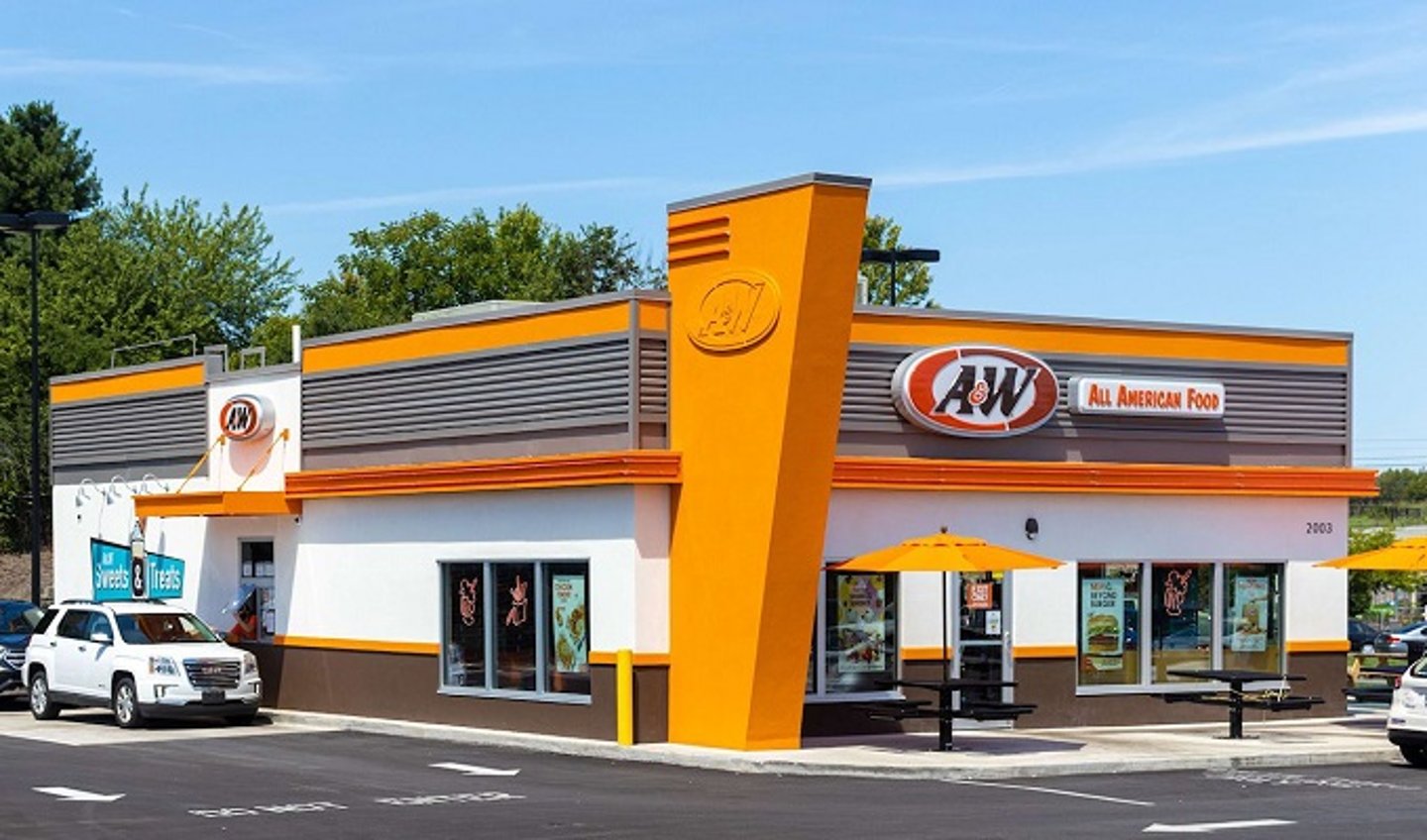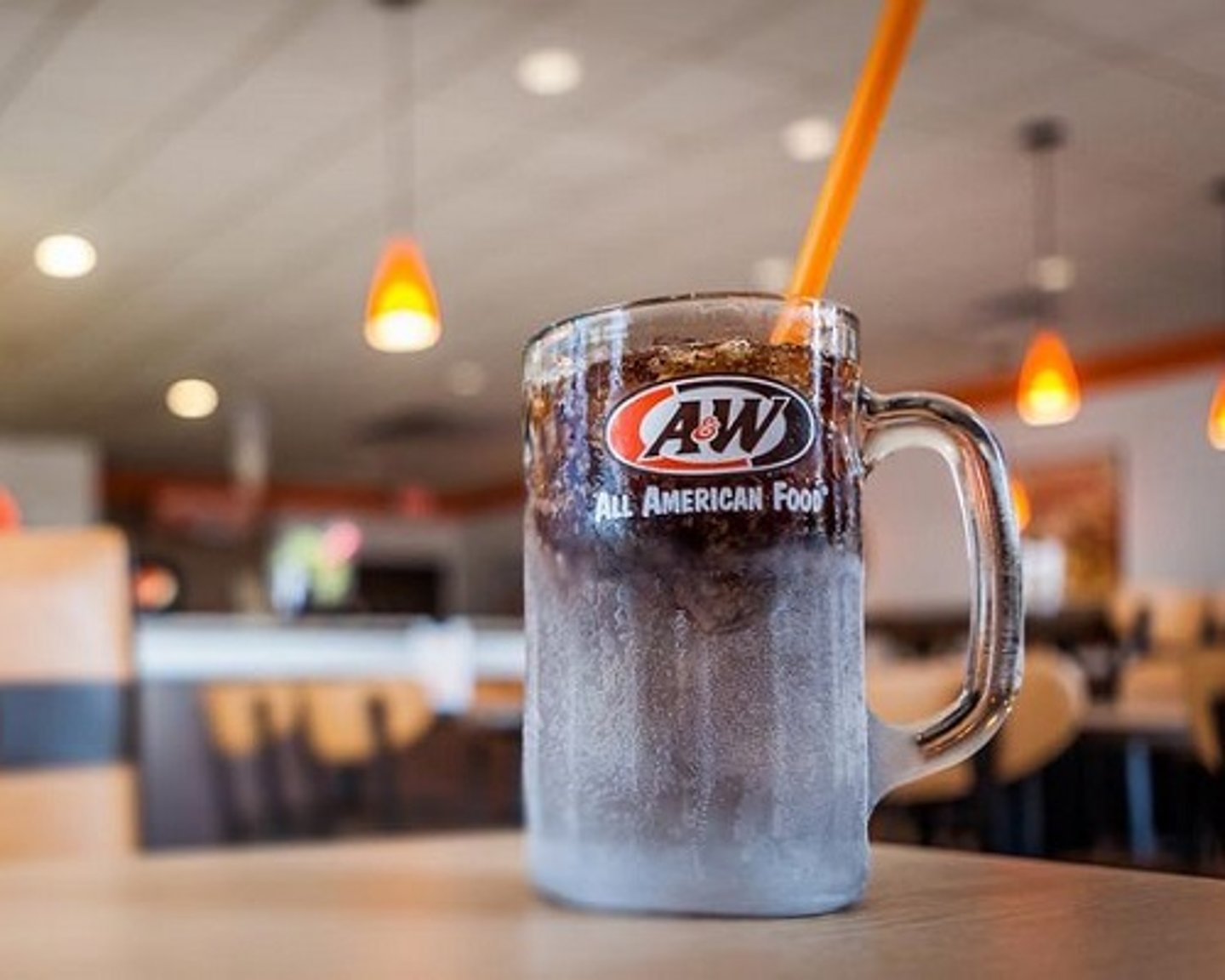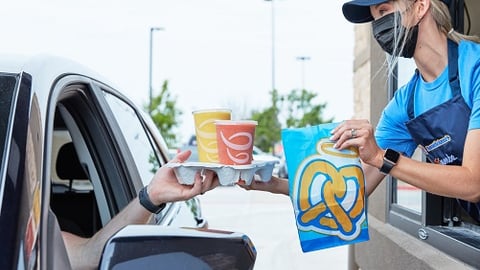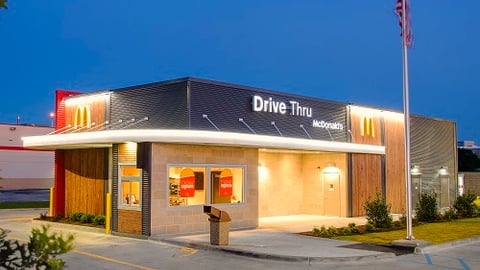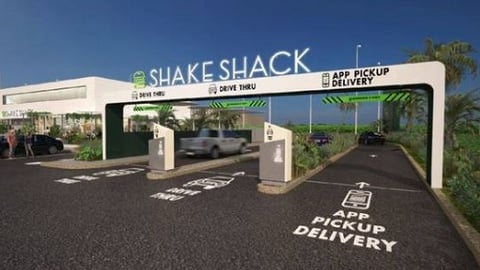A&W’s Growth Plan Prioritizes Drive-Thru
A&W Restaurants has inked deals to open 9 new U.S. locations -- all which will include drive-thrus.
The new locations include Las Vegas, St. Louis, Mo., and Charlotte, N.C.
For the 102-year-old brand, same-store sales for the first half of the year in the U.S. are up 19.6% over 2020. Last year, A&W Restaurants reported a 9% comp sales increase and the brand’s standalone drive-thru model saw a 14% increase. Now, the franchise is prioritizing the growth of its standalone drive-thru model.
A&W’s news comes as drive-thru visits have increased 36% since the early days of the pandemic with 9 out of 10 visiting in May 2021, according to the State of What Feeds Us report.
Drive-thrus, according to market research firm The NPD Group, are the key to the industry's future. Drive-thrus have always been the ultimate in convenience and speed but during the pandemic they were the lifeline for QSRs and fast casual brands. Consumer demand for drive-thru has spurred brands to revisit their store development plans, adding drive-thrus and contactless pickup options to their new designs.
[Freddy’s Frozen Custard & Steakburgers' New Prototype Skips the Dining Room]
A&W’s growth streak didn’t begin in 2020. The brand has seen nine straight years of positive growth. Since being acquired by franchisees nearly 10 years ago, comp-sales are up more than 50%.
HT caught up with John Palumbo, A&W’s senior director of franchise development, to discuss what the future looks like for the 102-year-old legacy brand and potential franchisees. The 500-plus-unit restaurant franchise has nearly 300 standalone restaurants in markets across the U.S.
Overall A&W locations “managed pretty well” during the pandemic lockdowns with its pull-in carports and drive-thru locations, said John Palumbo, A&W’s senior director of franchise development.
The legacy brand’s new A&W prototype locations feature a large dining room and drive-thru. “Some operators are looking to reduce the size of their dining rooms – to reduce costs and buildout costs,” said Palumbo. Not A&W. “Dining rooms are important for our legacy model. You can’t have a root beer in a frosty mug through the drive-thru.”
These days most locations average around 2,100 square feet. “Over the course 100 years we adopted a smaller physical building,” he said. Locations, in the 2,000 square foot range, “have the size dining room we want.”
Select seasonal locations, those that feature walk-up windows and no dining room, will be in the 1,000-1,200-square-foot range.
So far, five new locations are scheduled to open in 2021. “All are freestanding with drive-thrus or c-store with a QSR presence with dining rooms and ample seating.
With an eye to the future, A&W plans “to expand and grow out the model where it makes sense,” he said.
Pandemic Pivot
During the pandemic, A&W was among the brands that embraced heightened health and wellness-oriented protocols, such as temperature checks and increased cleaning. As “everyone flocked to the drive-thru,” A&W added handheld POS devices, which helped some franchisees create “impromptu double drive-thru lanes,” Palumbo explained.
Curbside and double drive-thrus proved to be “total line busters,” he said. About half of A&W restaurants are in rural and suburban locations where third-party delivery is not an option, he added.
As with other brands, online ordering played an increased role. To streamline operations side, A&W offered contactless payments options to guests.
The handheld POS, contactless payments and cleaning policies “will stick around quite frankly,” Palumbo said. “...There have been some great ideas born out of this tragedy.”
As for the future of tech innovations for the legacy brand, “it’s important to stay to true to who we are but also relevant to today’s consumers…We are in ideation on how to maintain and how to improve,” said Palumbo. “Consumers are demanding drive-thru, which is still dominating."


